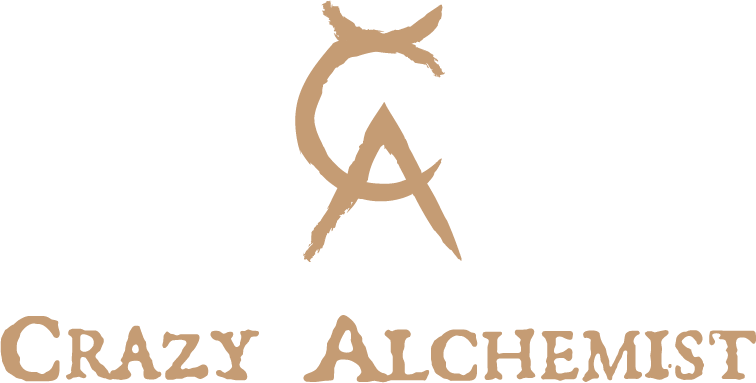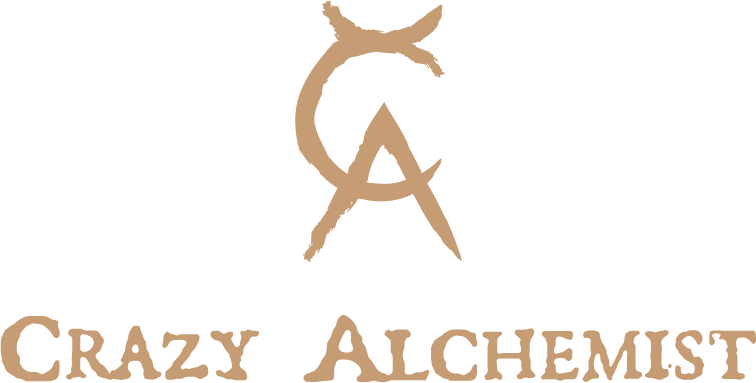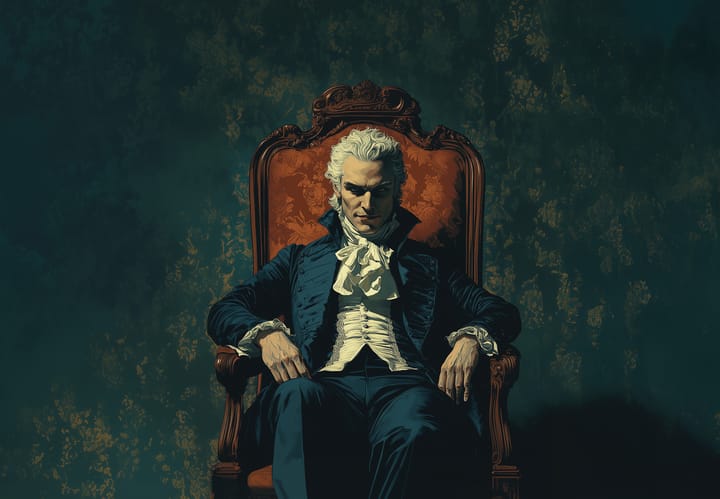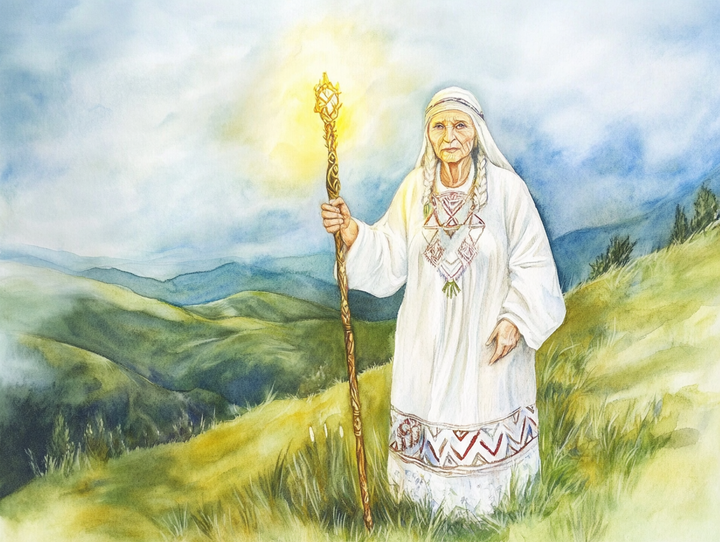The Mare: A Shadow from the Realm of Nightmares

The mysterious and eerie being known as the mare originates from old legends and traditions. Even in antiquity, stories about this dark, fear-inducing creature were widespread. The figure of the mare, originally referred to as "Mahr," has deeply taken root in our collective consciousness and remains the quintessential symbol for the darkness, eeriness, and threat that can haunt us in our dreams.
A Mysterious Nocturnal Visitor
The mare is often described as a small, black creature that visits sleeping humans and pets. Its appearance is closely associated with night terrors, anxiety, and shortness of breath. It's said that the mare enters bedrooms through keyholes or knotholes and terrorizes its victims. Although its form is eerie enough, the Mahr in some stories even possesses a certain erotic character, with reports of sexual intercourse between humans and Mahrs.
The Shapeshifting Being: Of Werewolves and Mahrs
The mare is closely related to the werewolf, another solitary being that can change its form. These creatures bring diseases, and in some regions of Scandinavia, the boundaries to witches—beings that steal mothers' milk—revenants, and ghosts are fluid. The mare, as we know it, has a pre-Christian and international motif.
In ancient Scandinavian literature, there are stories about individuals who can transfer their "hugr"—a concept encompassing more than the soul in the Christian sense—into another form. Interestingly, the creature of the mare also has a close relationship with Odin, the supreme god of Nordic mythology. It is said that Odin could change his form and travel the world as a bird, animal, fish, or snake.
The Dark Side of the Mare
In Nordic tradition, there is a difference between witches and other sorcerers and the mare, which is always associated with "riding" and causing damage at dusk or during the night. In contrast, other spirits never ride. The possibility of changing shape as a mare and carrying out a mare ride is presented in Nordic mythology as a real possibility.
The Eyrbyggja Saga and the Ynglinga Saga report on the harmful activities of the Mahrs. They could burden and oppress people so strongly that they could even die as a result.
The Mare and the Nightmare: A Linguistic Connection
The word "Mahr" has its roots in the Germanic language and means "to crush". This term is included in many Germanic languages and dialects, including Old High German, Old Swedish, Polish, Icelandic, Middle Low German, Middle High German, Anglo-Saxon, and Norwegian. After the Reformation, the word "Mahr" was replaced by "Alp" or "Alb," without changing its actual content. This linguistic connection illustrates the deep connection between the mare and the concept of the nightmare.
Mare and Sleep Paralysis
The appearance of the mare and its effect on sleepers bear remarkable similarities to the modern medical diagnosis of sleep paralysis. Sleep paralysis is a condition where a person is temporarily unable to move or speak while falling asleep or waking up. This state can be accompanied by hallucinations, which are often frightening and include the sensation of pressure on the chest, shortness of breath, and a feeling of presence—all symptoms attributed to reports from people who claim to have been visited by a mare.
In fact, many of the old stories about the mare could actually be reports of cases of sleep paralysis that occurred at a time when there were no scientific explanations for such phenomena. The mythological figure of the mare could therefore be a kind of cultural interpretation or explanation for the phenomenon of sleep paralysis.
The mare is a figure deeply rooted in our collective unconscious and provides a fascinating example of how people have tried to explain and understand the mysterious and often frightening experiences that can occur during sleep.




